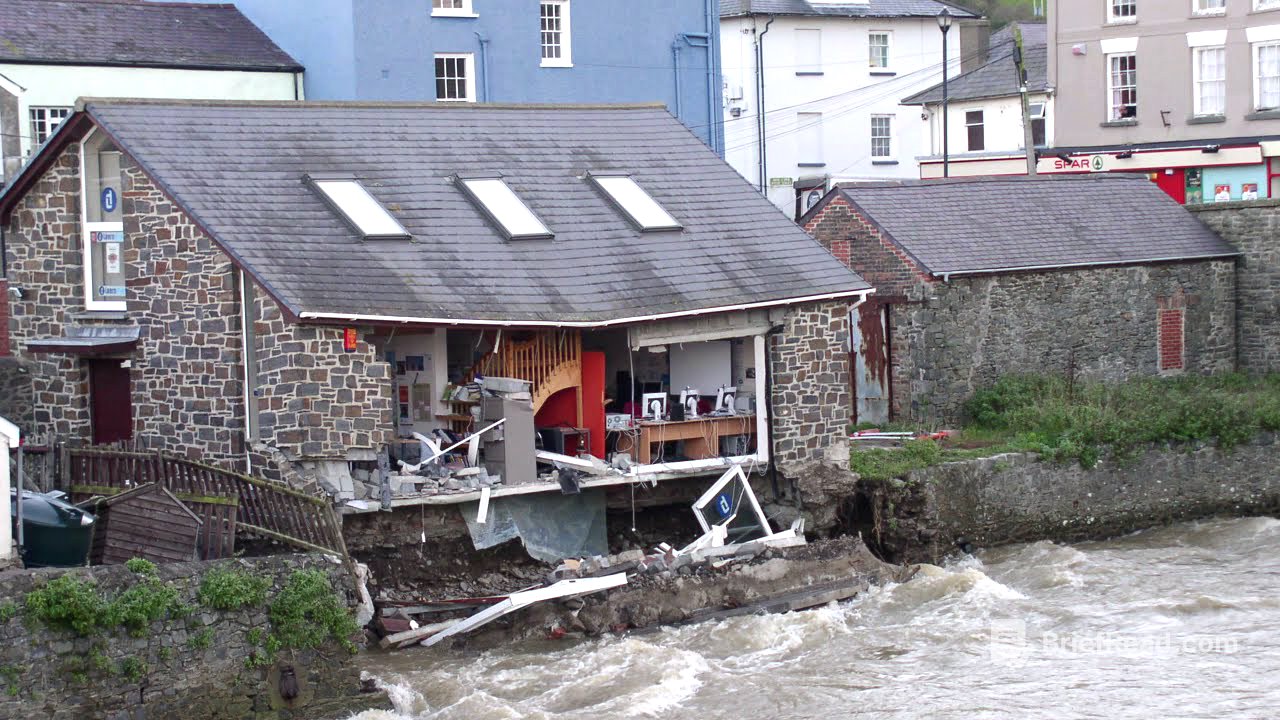TLDR;
The video discusses the increasing impact of flooding on homes and businesses due to changes in lifestyle, reliance on services, modern building materials, and increased use of infrastructure. Flooding can cause significant damage, disrupt essential services, and have long-term mental health impacts. Preparing for floods can reduce damages, but the risk of flooding is increasing due to climate change.
- Flooding's impact is greater due to lifestyle changes and reliance on services.
- Modern buildings and infrastructure are more vulnerable to flood damage.
- Flooding has severe mental health consequences, including depression and anxiety.
- Climate change is increasing the frequency and intensity of floods.
Introduction: The Increasing Impact of Flooding [0:05]
Changes in lifestyle have amplified the impact of flooding on homes and businesses. Modern society's reliance on services like gas, electricity, and the internet means that floods can cause widespread disruption. The materials used in contemporary buildings and furniture are often more susceptible to damage from flooding compared to older materials. Increased use of roads and railways means that flooding can lead to significant transportation disruptions, affecting numerous individuals.
The Far-Reaching Consequences of Flooding [0:45]
Floods can severely damage properties and businesses, leading to the destruction of belongings and posing threats to lives. The effects of floods are often long-lasting and costly, causing distress for individuals and communities. Indirect impacts include damage to critical infrastructure such as energy, water, communication, and transport systems, as well as disruptions to essential services like schools and hospitals. The mental health impacts of flooding can persist for two years or more, with depression, anxiety, and PTSD affecting a significant portion of those impacted.
The Importance of Flood Preparedness [1:33]
It is crucial to disseminate information to those who need it most, as preparing for flooding and knowing how to respond can significantly reduce damages to homes and possessions by approximately 40%. Despite ongoing efforts to mitigate flood risk, climate change is expected to increase the frequency and intensity of floods. The effects of this trend are already evident worldwide and in the UK. Consequently, there is a focus on identifying additional measures to manage flood risk across the Thames Valley in light of climate change.









